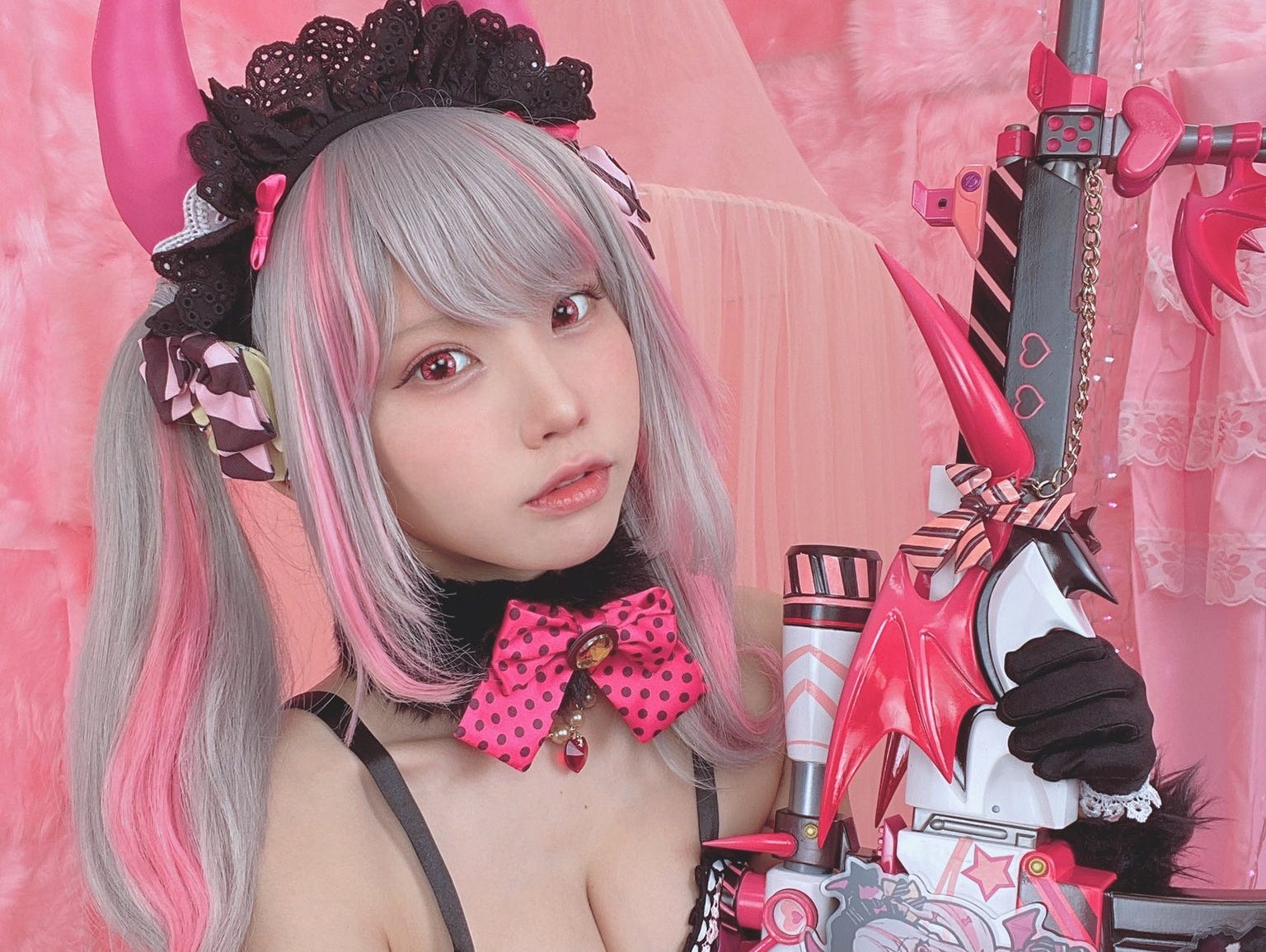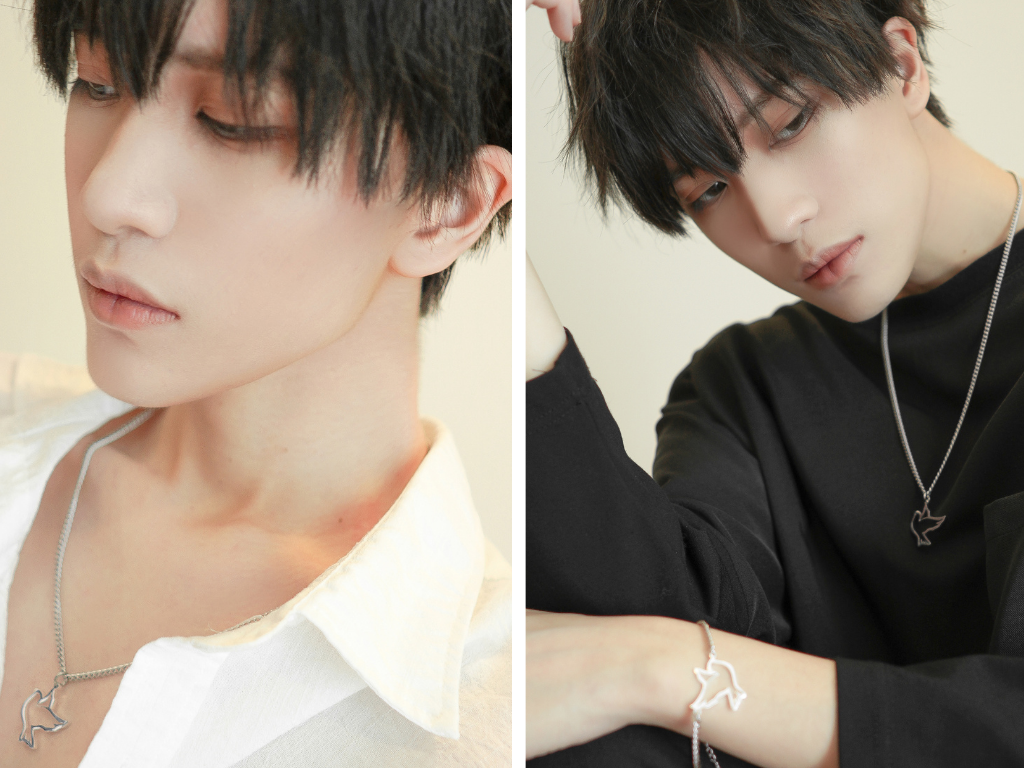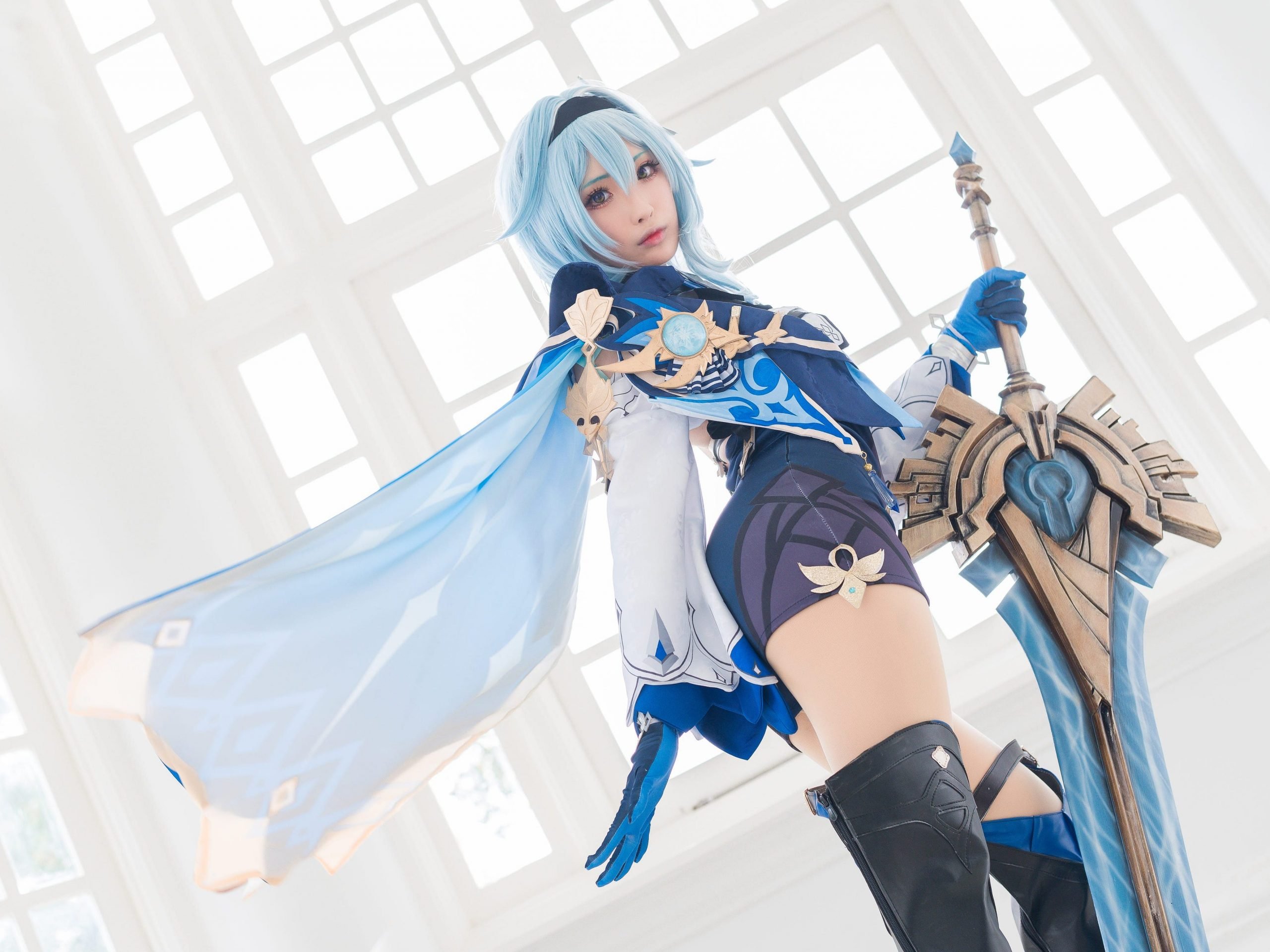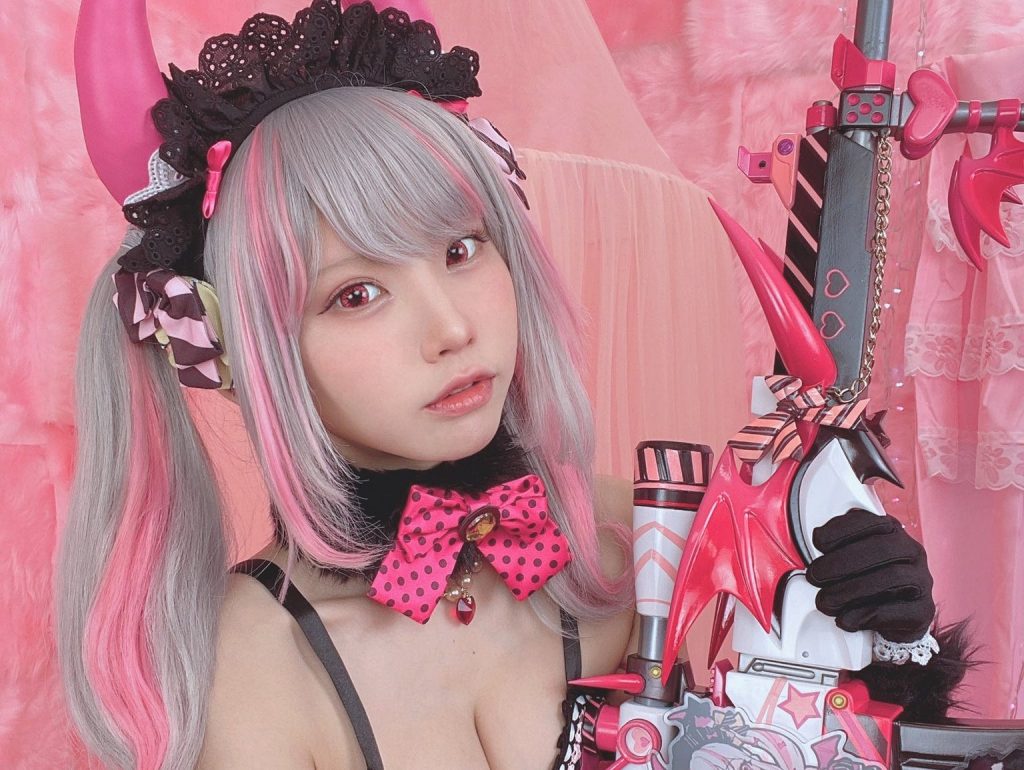
Enako/Twitter
- Cosplayers have repositioned themselves as influencers who dress up as anime characters, turning a passion into a lucrative revenue stream.
- Japan's top cosplayer, Enako, made so much money last year that fans turned against her for 'bragging' about her income during the pandemic.
- Insider spoke to four cosplayers, who told us how they built profitable careers as pros.
- Visit Insider's homepage for more stories.
If you're a cash-strapped Gen Z-er, here's a tip: dressing up as your favorite anime character could be your ticket to earning five-figure sums each month.
Cosplay, short for "costume play," originated in Japan in the 1980s as a niche pastime where anime enthusiasts dressed up as characters from their favorite manga series.
For years, cosplayers treated it as a hobby, finding joy in crafting armor and costumes, bringing their favorite characters to life, and getting fulfillment from living as that character for just a couple of hours. But of late, some have been able to turn it into a legitimate full-time career. Even as the pandemic has shut down some of the main revenue streams for cosplayers – like conventions – other avenues for making money have opened up, and cosplayers are transforming themselves into brand influencers.
According to a report by Allied Market Research, the global cosplay market was estimated to be worth $4.62 billion in 2020. One of the most successful at finding her space in the market is Japan's top cosplayer, Enako, 27, from Japan, who claimed she made half a million dollars last year through cosplaying and selling merchandise.
Enako has more than 1.6 million followers on Instagram and 1.3 million followers on Twitter. Fans can also watch her new TV show featuring cats and cosplay models, "Neko Shika Katan," which airs on a local Osaka TV channel and streams on YouTube.
Enako's fortunes appear to be steadily moving up. She told Japanese media back in 2016 that she earned a million yen (US$10,000) every month from cosplaying and modeling alone. This number grew as she got more popular – she said she made close to $100,000 in one day at Comiket 2018, a Japanese anime convention, and a similar amount in 2019.
The amount of money Enako made from cosplaying shocked her fans to the extent that some turned on her, calling for her to apologize for bragging about her wealth in the middle of the COVID-19 pandemic. For context, the average Japanese person makes around 400,000 Japanese yen ($3,592) per month - or less than half of Enako's claimed take-home pay.
Enako isn't the only cosplayer who's found a way to make bank from dressing up as animated characters. Insider spoke to four cosplayers based in Asia to find out how they get cash from cosplaying.
Asia's top cosplayers are becoming the faces of brands and creating their own jewelry lines

Courtesy of Hakken
One of Southeast Asia's top cosplayers is an androgynous model who goes by the stage name Hakken, who asked that their real name not be used.
Hakken, 23, lives in Malaysia and started cosplaying when they were 13, but saw their career take off around three years ago. They now have more than 2.7 million followers on Instagram and over 1.2 million followers on Facebook.
"My career kicked off when I posted a photo series of myself as Itachi Uchiha, from the animated series 'Naruto.' That's when I started to see my social media following grow," they told Insider. "I've also defined my style of cosplaying. Instead of just trying to re-create a two-dimensional animation, I dial down the makeup and try to look as natural as possible, while re-imagining what the character might look like in real life."
But looking that good is expensive. Hakken told Insider their regular cosplay outfits cost between $100 and $500. Photoshoots that involve traveling and more detailed costumes, meanwhile, can cost up to $25,000. But Hakken, who manages themselves and makes upfront payments for their costumes and photoshoots, says the returns more than justify the investment.

Courtesy of Hakken
"On a good month, I can expect to earn between $20,000 to $30,000 from merchandise sales and brand deals," Hakken said, adding that on an average month, they still see earnings between $5,000 and $6,000. Insider independently verified their financial claims.
"I'm very particular about how my photos look, so it takes me a while to edit and release new photo sets," Hakken told Insider. "So when I do upload them, they need to be perfect."
Hakken's considerable social media following and good looks mean brands have also started to notice them. On top of selling prints and photo books of themselves, Hakken has partnered with gaming companies and a prefecture-level travel association in Japan to be the face of their advertising campaigns.

Courtesy of Hakken
They've also ventured into fashion, and launched a sold-out jewelry line of their own this summer in collaboration with Japanese retail site SIXTYPERCENT and Korean brand Twentyone August.
"It's possible to make cosplaying your full-time job even during the COVID-19 pandemic," they told Insider. "But you've got to have the mindset that this isn't just something you do for fun. It's a business."
Pro cosplay careers are often short-lived, and earnings can be a matter of feast or famine

Courtesy of Rithe
While dressing up as a fictional character and getting in front of a camera might seem glamorous, it's often a short-lived career that involves a lot of hard work.
"I'm upfront with my talents that they will have a short lifespan in the industry because once you age, you will lose your looks. And on top of that, those who are really successful are in the minority," said Tan Zhao Han, director of cosplay management agency Geist Productions.
Tan manages cosplay talents based in China, Canada, and Singapore who have worked with brands like Uniqlo and Skechers. He told Insider making it to the big leagues where brands take notice, however, essentially means having at least one "look" go viral, and being in the "top 0.01%" of the sea of hobbyist cosplayers that emerge every year.
Despite the pandemic, some of Tan's talents can pull earnings of close to $10,000 in a single quarter. Yosuke Sora, a cosplayer in her early 20s, who is one of the models managed by Tan, told Insider that she had a "busy" three months working on advertising campaigns with Porsche and Samsung.
"I've taken on around ten brand deals in the last quarter. But because I also work as an advertising executive, I've spent all my evenings and weekends on cosplay," Sora, who lives in Singapore, said. "It's a lucrative side hustle and the returns stack up, but constantly generating content can be a strain."
Tan told Insider the COVID-19 pandemic has put all large-scale physical events and conventions on pause, which has hit pro-cosplayers' earnings hard, a sentiment that was echoed by all the cosplayers Insider interviewed.

Courtesy of Yosuke Sora
"It can be feast or famine in the cosplay industry, but if you're willing to invest time and energy to keep up with the trends, it's possible to make a career of it. Of course, having good looks and a sprinkling of luck doesn't hurt," Tan said. "But one day, you might wake up and realize there's someone younger, better looking, and more popular than you. It's a volatile, saturated industry, so you've got to work hard, while you can."
Cosplayer Rithe told Insider that she has seen her earnings take a hit because of the pandemic. The 24-year-old Singaporean is a full-time cosplayer, and says she still manages to earn around $2,000 to $3,000 from selling merchandise like prints and photo books.
"Before the pandemic, earning around $2,000 in one weekend at an anime convention wasn't unheard of. Thankfully, I'm still earning a stable income now from merchandise sales," Rithe said.
That said, American-Chinese cosplayer Kiyo, 24, believes the pandemic might actually be the perfect time to strike out as a cosplayer. Kiyo, who is currently based in Singapore, used to make most of her money from appearances at anime conventions. She's now branched out into posting content on OnlyFans, and releasing exclusive photo sets to her subscribers via Patreon.

Courtesy of Kiyo
Kiyo, who has more than 250,000 fans on Instagram, also streams herself playing games like Overwatch and Valorant on Twitch, and works with brands like Secretlab and Razer to do sponsored posts on her socials featuring their products. She told Insider that she's now able to net around $6,000 every month from these multiple income streams.
"I would say that if you're thinking about getting into professional cosplaying, now might be the best time to start your career," she said. "It's easier to get exposure online, with everyone staying home."
